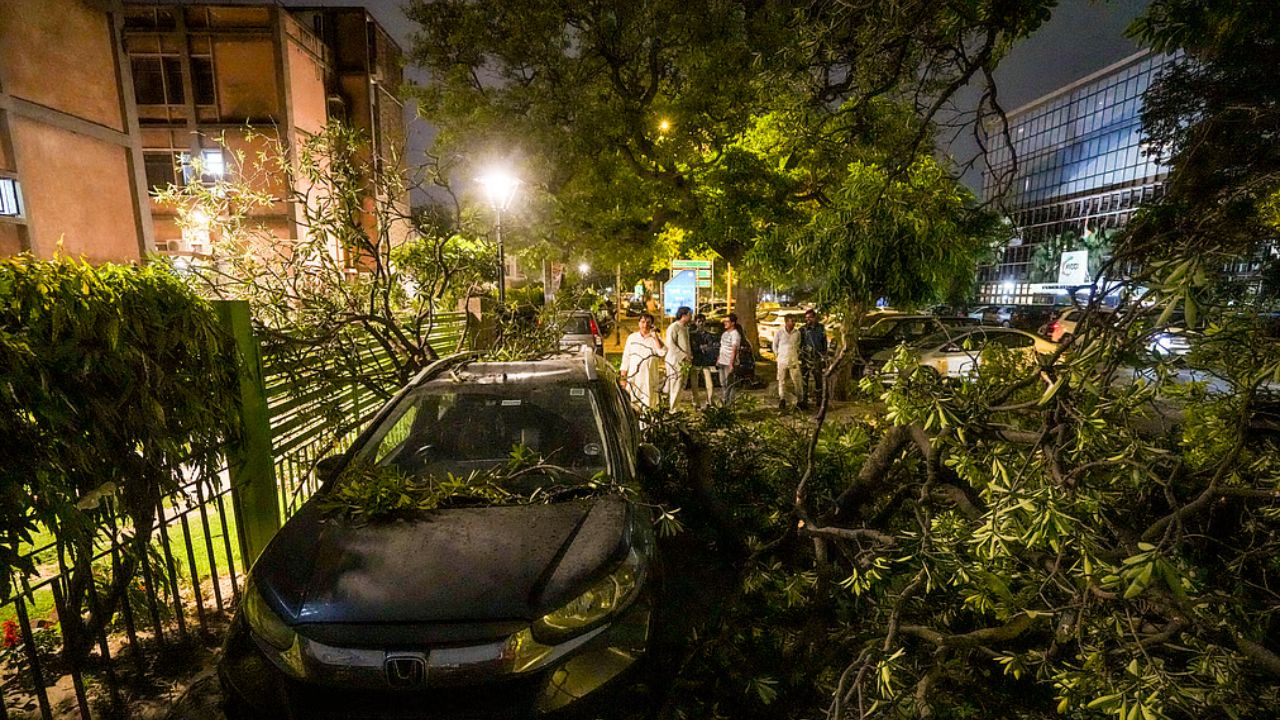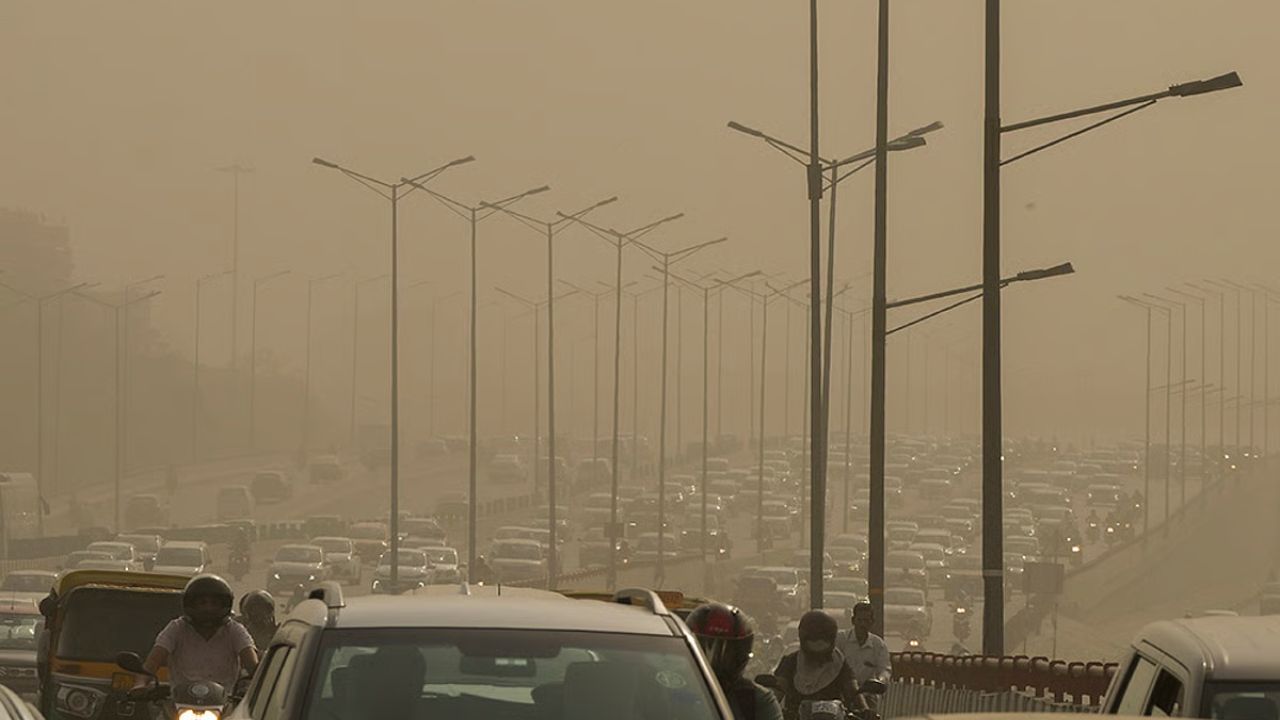Delhi’s May Weather Turns Wild: What’s Driving the Storms and Hail?
Delhi’s Erratic May Weather: Storms, Hail, and Heat Explained Delhi has experienced a rollercoaster of weather over the past two weeks — from scorching heatwaves abruptly interrupted by heavy rain, towering thunderclouds with lightning, dust storms

Delhi’s Erratic May Weather: Storms, Hail, and Heat Explained
Delhi has experienced a rollercoaster of weather over the past two weeks — from scorching heatwaves abruptly interrupted by heavy rain, towering thunderclouds with lightning, dust storms wreaking havoc, to hailstones as large as mothballs.
These intense storms have taken a heavy toll, killing 10 people across Delhi-NCR this month. Over 200 trees were uprooted, damaging parked vehicles, power lines, and public infrastructure.
What’s behind these volatile conditions?
The India Meteorological Department (IMD) attributes this erratic weather to a convergence of atmospheric factors that, while extreme, are typical for the pre-monsoon month of May in Delhi. According to the IMD, the frequency and intensity of storms this May have been notably higher than usual but still within the region’s long-term climatological patterns.
Thunderstorms in May are not uncommon. Historically, May records the highest number of squall days in Delhi. Data from Safdarjung — Delhi’s official weather station — shows an average of 3.6 squall days during May (1991–2020). The average number of thunderstorm days in May is 5.9, compared to just 1.4 to 3.4 days from January to April.
Moisture plays a key role
IMD officials say an increased number of moist wind days has contributed to the surge in storms. Senior scientist Krishna Mishra explains: “Easterly or south-easterly winds from the Bay of Bengal and southwesterly winds from the Arabian Sea carry moisture into Northwest India. When these moist winds prevail at lower atmospheric levels, they create troughs that trigger thunderstorms.”
This month, moist winds have been more dominant than the usually dry northwesterlies and westerlies, resulting in frequent thunderstorm activity.
May is a transitional month, known for intense heat. The combination of a heated landmass with frequent western disturbances creates favorable conditions for violent convective storms once moist air arrives. Daytime temperatures often soar above 40°C, setting the stage for sudden storms.
Recent weather highlights
On Wednesday night, after Delhi recorded its hottest night of the season at 30.2°C, hailstorms and strong winds gusting up to 79–80 km/h brought temperatures down sharply. The Palam weather station recorded a dramatic temperature drop of 14°C within an hour, from 37°C to 23°C, while Lodhi Road saw a fall of 10.7°C.
The IMD linked this storm to a cyclonic circulation over neighbouring Haryana, fueled by moisture-laden winds from the Arabian Sea and Bay of Bengal. As the storm system moved south-southeast over Gurgaon, Noida, and Faridabad, it intensified thunderstorm activity. Though no western disturbance was initially present over Northwest India, interaction with one over Eastern Uttar Pradesh later amplified the storm.
Rainfall and dust
May 15 saw Delhi-NCR wake up to thick haze, reminiscent of pollution spikes, caused by dust-laden winds blowing from North Pakistan across Rajasthan, Punjab, and Haryana.
Earlier, on May 2, Delhi experienced a severe rain and storm spell. Safdarjung recorded 77 mm of rainfall — the second-highest single-day total for May since 1901. The downpour caused waterlogging, power outages, flight disruptions, and a tragic tree collapse that killed four family members.
So far, Delhi has received 105 mm of rain this month, far exceeding the normal May average of 18.2 mm. Despite this, no heatwave days have been declared, though real-feel temperatures touched 50.1°C on Wednesday while the actual temperature was 39.8°C.
IMD defines a “rainy day” as one with over 2.4 mm of precipitation. Delhi’s long-term average for rainy days in May is 2.7; this year, Palam and Ridge stations have each recorded 6 rainy days, and Safdarjung has logged 3.
Hailstorms also typical but rare
Climatologically, hail is most likely in May in Delhi, though it averages only 0.5 days per month. This year, several areas, including Lodhi Road, reported hailstorms — adding to the unusual weather mix.





